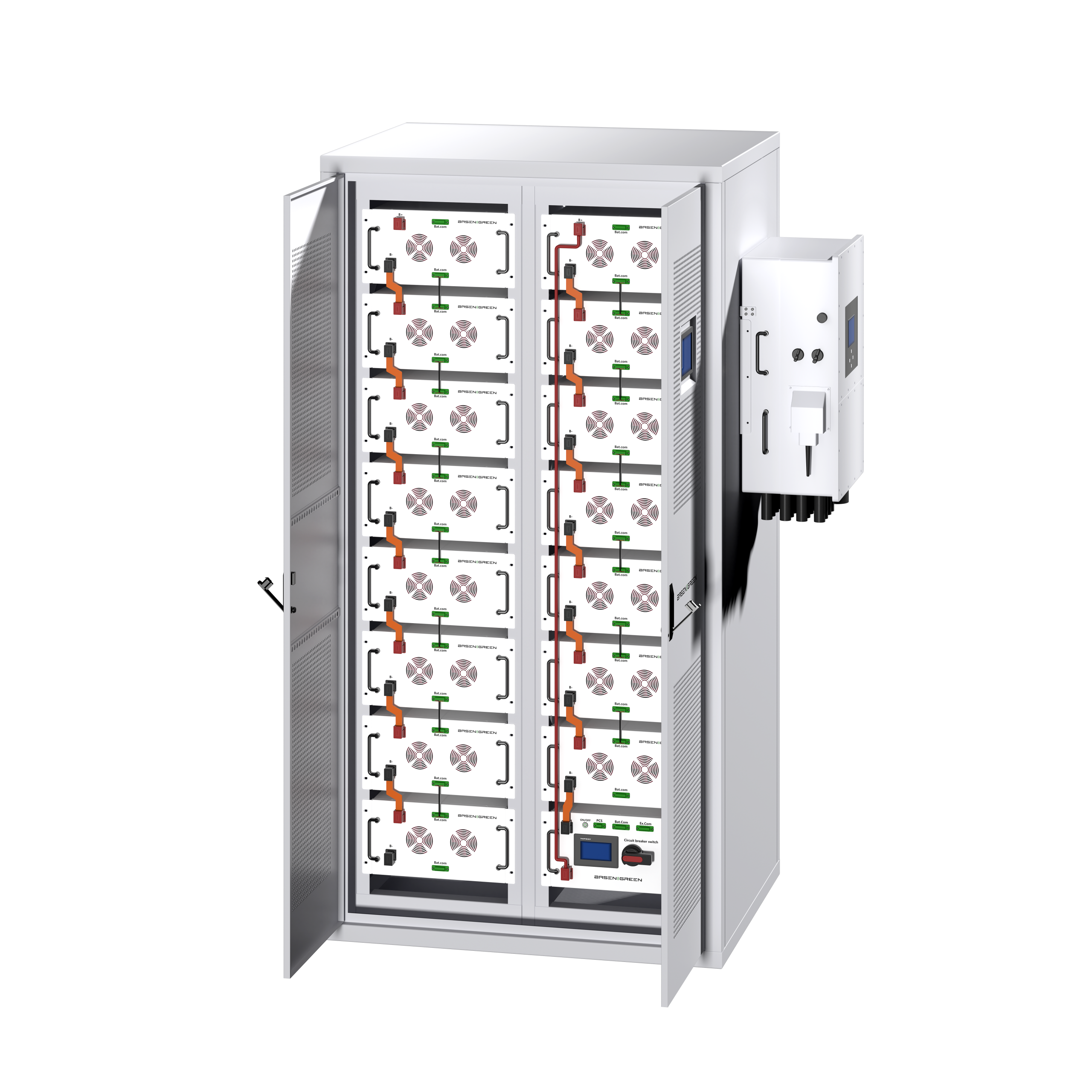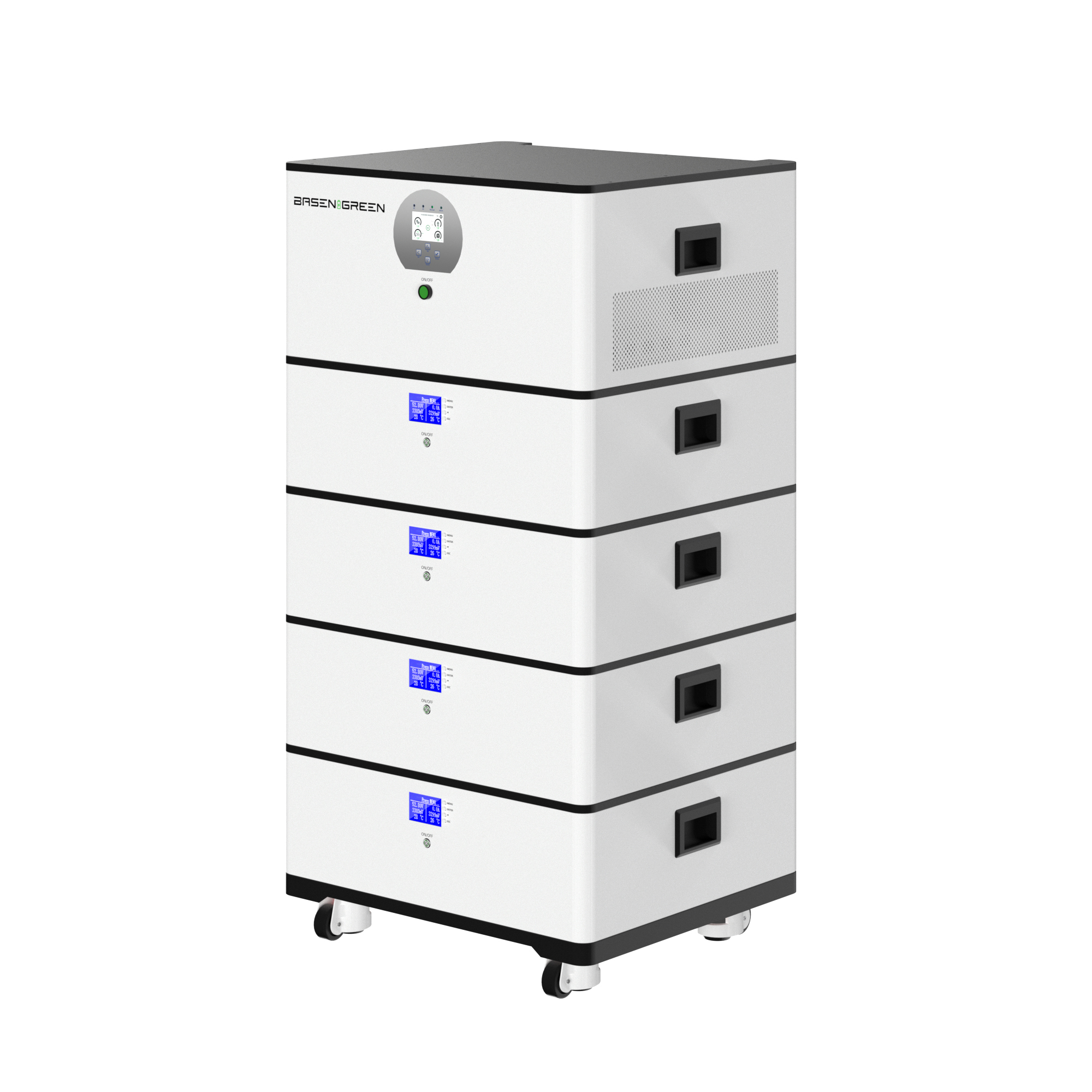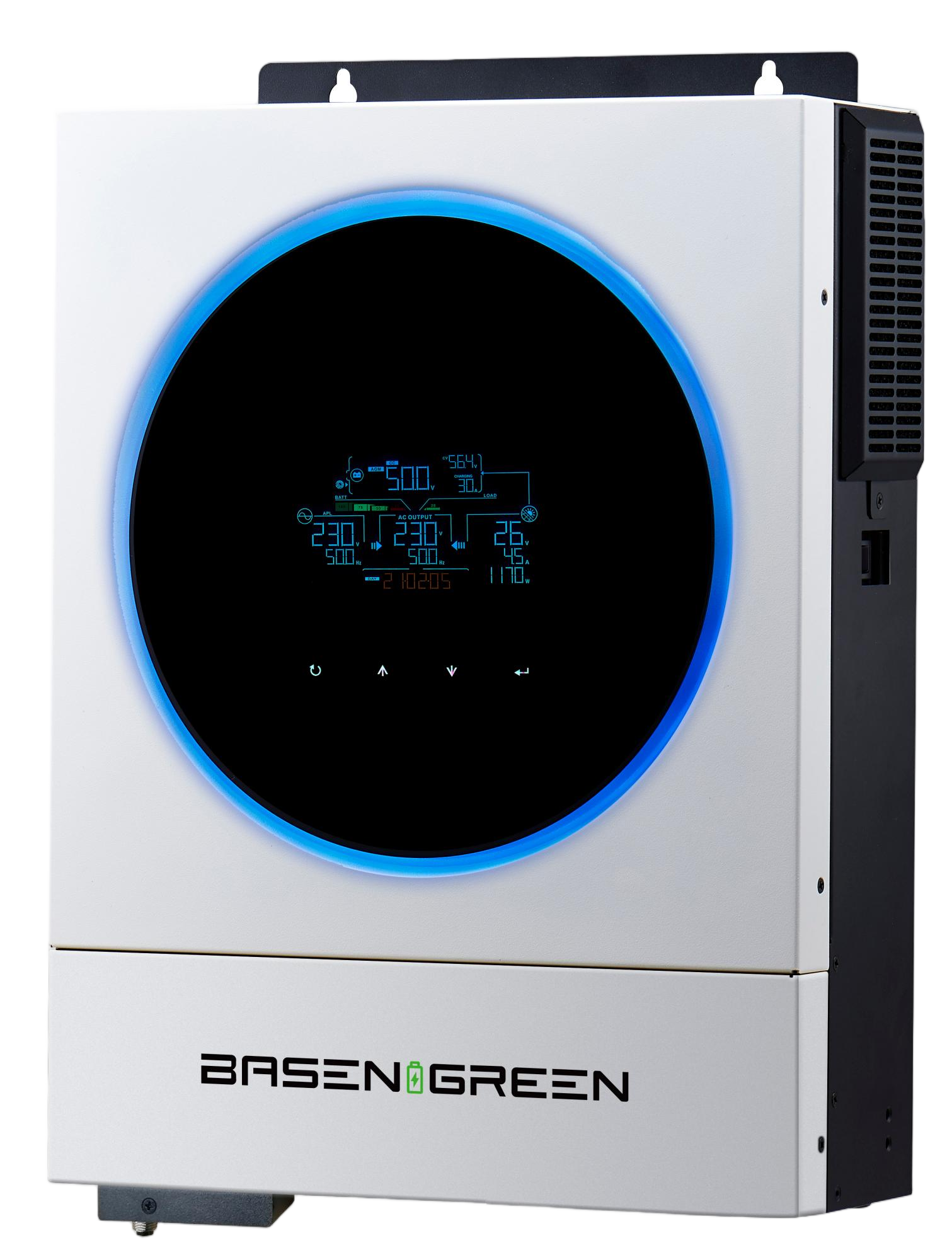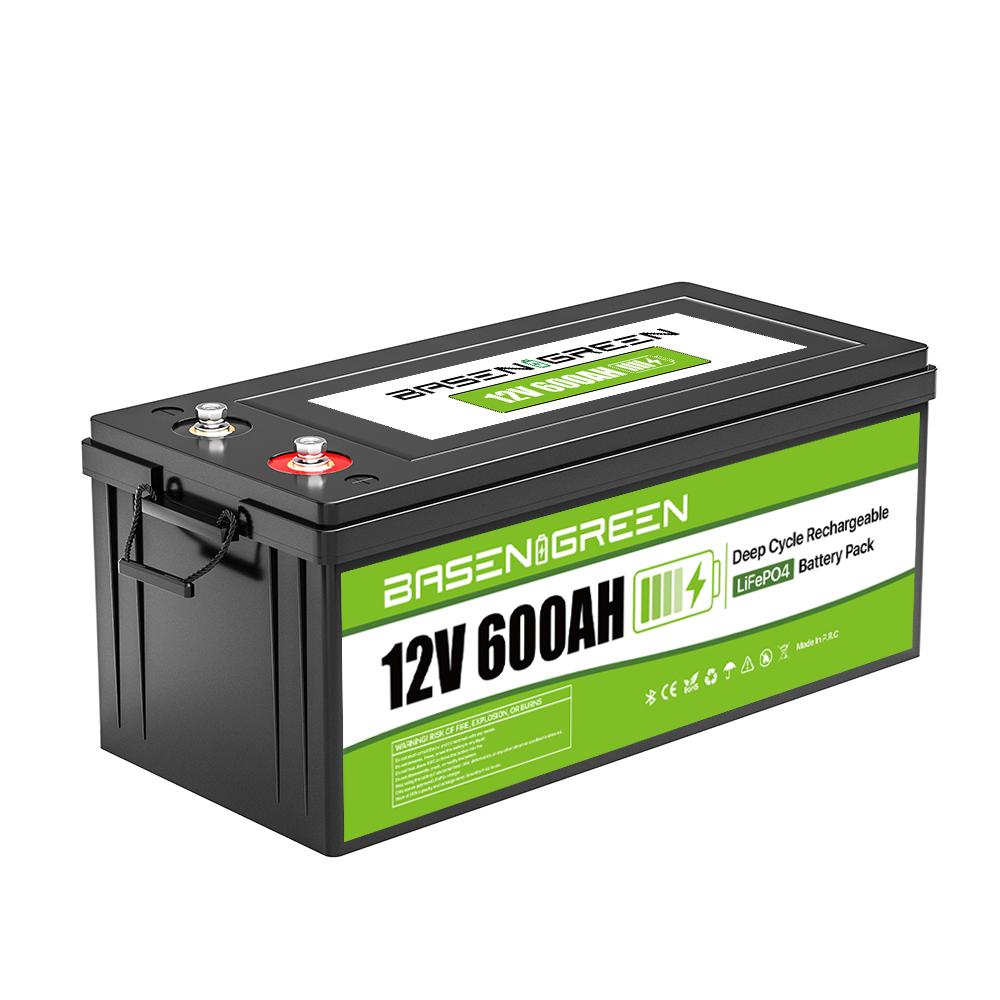Maintenance Guide for High Voltage Lithium Battery Clusters
High voltage lithium battery clusters have become a cornerstone of modern energy storage systems, playing a critical role in renewable energy integration, electric vehicle (EV) infrastructure, and industrial power applications. These clusters are designed to store and deliver large amounts of energy efficiently, but their performance and longevity heavily depend on proper maintenance. In this guide, we will explore the key aspects of maintaining high voltage lithium battery clusters, ensuring optimal performance and safety.
Understanding High Voltage Lithium Battery Clusters
A high voltage lithium battery cluster refers to a group of lithium-ion batteries connected in series or parallel to form a larger energy storage system. These clusters are commonly used in applications where high energy density and fast charge/discharge rates are required, such as in grid-scale storage, EV charging stations, and industrial backup power systems.
The primary components of a high voltage lithium battery cluster include:
Individual Cells: The basic energy storage units, typically lithium iron phosphate (LiFePO4) or nickel manganese cobalt (NMC) cells. Batteries: Multiple cells connected in series or parallel to form a single battery unit. Cluster Management System (CMS): A control system that monitors and manages the overall performance of the battery cluster. Cooling System: Essential for maintaining optimal operating temperatures, preventing thermal runaway, and ensuring longevity. Electrical Interconnections: Cabling and connectors that link individual cells and batteries within the cluster.Importance of Maintenance
Proper maintenance of high voltage lithium battery clusters is crucial for several reasons:
Safety: High voltage systems are prone to thermal runaway, which can lead to catastrophic failures if not properly managed. Regular maintenance helps identify and mitigate risks. Performance: Regular maintenance ensures that the battery cluster operates at its maximum efficiency, delivering consistent power and energy output. Longevity: Proper care can significantly extend the lifespan of the battery cluster, reducing replacement costs and minimizing environmental impact. Cost Efficiency: By preventing failures and optimizing performance, maintenance reduces overall operational costs.Key Maintenance Tasks
Thermal Management Monitoring Temperature: The cooling system must be regularly checked to ensure that all cells and batteries operate within their specified temperature range. Cooling System Inspections: Regularly inspect cooling lines, pumps, and fans for leaks, blockages, or wear and tear. Thermal runaway prevention: Implement safety mechanisms such as temperature sensors and emergency shutdown systems to prevent thermal runaway. Battery Monitoring and Balancing Cell Balancing: In a battery cluster, individual cells may experience different charge and discharge rates, leading to imbalances. Regular balancing ensures that all cells operate at similar levels, preventing overcharging or deep discharging of individual cells. Voltage and State of Charge (SOC) Monitoring: Continuous monitoring of cell voltages and SOC helps identify anomalies and ensures safe operation. Equalization: Periodic equalization processes may be necessary to correct imbalances in the battery cluster. Electrical System Inspections Connection Checks: Regularly inspect all electrical connections, including cell-to-cell connections, battery interconnections, and external wiring, to ensure they are secure and free from corrosion. Insulation Checks: Ensure that all electrical components are properly insulated to prevent short circuits or electrical fires. Circuit Breakers and Protection Devices: Regularly test circuit breakers, fuses, and other protection devices to ensure they function correctly in case of overcurrent or short circuits. Software and Control System Updates Cluster Management System (CMS) Updates: Ensure that the CMS is regularly updated with the latest software versions to optimize performance and safety. Firmware Updates: Update firmware for all components, including battery management units (BMUs) and inverters, to ensure compatibility and functionality. Data Logging and Analysis: Use data logging tools to monitor battery cluster performance and identify trends or issues that may require attention. Environmental Control Humidity and Dust Control: High voltage battery clusters are sensitive to environmental factors such as humidity and dust. Regularly inspect and clean the enclosure to prevent contamination. Ventilation: Ensure that the enclosure has proper ventilation to prevent heat buildup and maintain a comfortable operating environment for the batteries. Seismic and Structural Integrity: In regions prone to earthquakes or other seismic activity, ensure that the battery cluster is securely anchored to prevent damage. Preventive Maintenance Schedule Regular Inspections: Schedule routine inspections at least once every quarter to check for signs of wear and tear, such as corrosion, damaged cables, or loose connections. Calibration: Periodically calibrate sensors and monitoring equipment to ensure accurate readings. Testing: Conduct regular testing of the battery cluster’s capacity, response time, and overall performance to ensure it meets specifications.Safety Precautions
Personal Protective Equipment (PPE): Always wear appropriate PPE, including gloves, safety glasses, and insulated tools, when working with high voltage systems. Power Disconnection: Before performing any maintenance, disconnect the power supply and ensure that the system is fully discharged to a safe level. Emergency Protocols: Have a clear emergency response plan in place, including procedures for dealing with thermal runaway, electrical fires, or other emergencies. Training: Only trained and qualified personnel should perform maintenance tasks on high voltage battery clusters.High voltage lithium battery clusters are essential for modern energy storage applications, but their performance and safety depend on regular and careful maintenance. By implementing a comprehensive maintenance program that includes thermal management, battery monitoring, electrical system inspections, and environmental control, operators can ensure the longevity, efficiency, and safety of their battery clusters. Always prioritize safety and follow established guidelines to maximize the benefits of these advanced energy storage systems.






